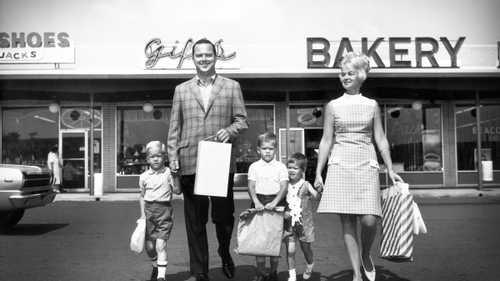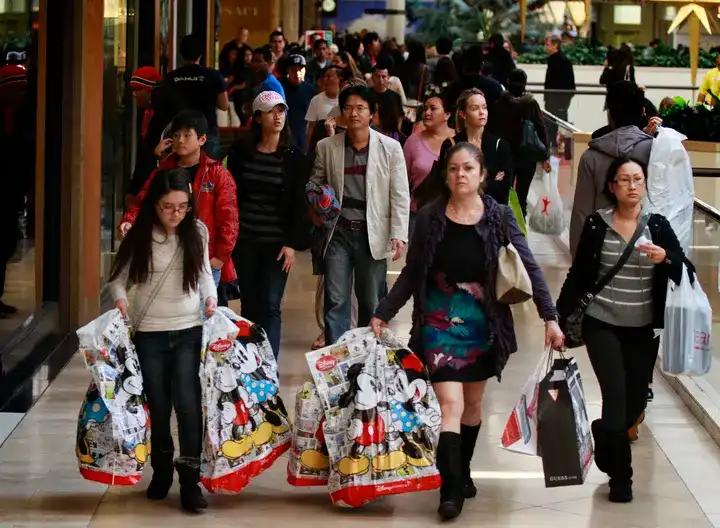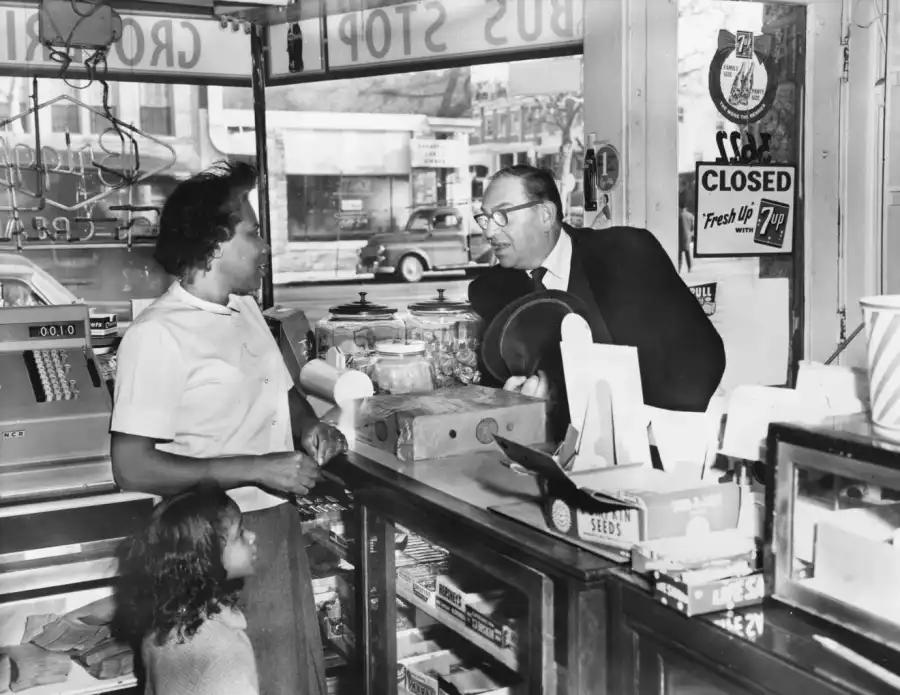Why do we buy what we buy?
Curated from: vox.com
Ideas, facts & insights covering these topics:
8 ideas
·1.85K reads
24
Explore the World's Best Ideas
Join today and uncover 100+ curated journeys from 50+ topics. Unlock access to our mobile app with extensive features.
The root of consumerism
An easy way to look at consumerism is that marketers and advertisers have perfected tactics to get us to buy things, even if we don't need them. But American consumerism is also built on societal factors. We try to keep up with the Joneses, whoever they may be.
Sociologist Juliet Schor, an author of books on consumerism, wealth, and spending, thinks marketers have less to do with what we want than our neighbours, coworkers, or people we follow on social media.
36
708 reads
Consumerism can be traced back to the 1920s
- The development of mass production made it possible to produce things cheaply enough so that the majority of the population could afford them.
- In addition, the automobile industry introduced the moving assembly line that created a significant decline in costs.
- Another development was the start of the modern advertising industry and consumer debt.
Consumerism declined during the Depression and the war, but in the 1950s, the model picked up again.
31
196 reads
Why we buy more than we need
Scholars answer this question in different ways. Economists assume that goods and services provide well-being and psychologists think it is part of human nature that ties back to evolutionary dynamics.
But the contemporary consumer society is more likely the result of the growth of unequal social structures. For a number of people, it's about consuming to their social position. For example, those with a richer reference group tend to save less and spend more, and those with a more modest reference group tend to save more even if their wealth increase.
30
199 reads
Competitive consumption
Increases in equality can give rise to competitive consumption - the idea that we spend because we compare ourselves with our peers and what they're spending.
Our society is structured so that our social esteem or value is connected to our ability to spend. The inability to consume affects the kind of social value we have.
30
169 reads
How we pick our "reference groups"
- In the postwar period, we had residentially-based reference groups. So it was your neighbourhood where the people had similar economic standing. Houses tend to cost roughly the same amount within an area.
- The next big thing that happened is more married women going into the workforce. That changed the reference groups because they go from a flat social structure in the suburbs to a hierarchy in the workplace.
- Then there is the impact of media, especially social media.
29
135 reads
Women and consumerism
While men seem to dominate particularly big purchases, women are more responsible for everyday purchasing such as food and apparel.
Looking at data from marketers, you see a disproportionate amount of spending done by women.
28
157 reads
Black Americans consume similar to white consumers
Black consumers are no different from white consumers. Although they spend on different things, there are not two types of consumers.
The dynamics of black consumers are partly driven by racism. Middle-class and upper-middle-class blacks will have to spend more on wardrobes to avoid being stigmatized in the retail environment.
28
135 reads
Anti-consumerism is growing
- Down-shifters decided to work less and consume less. They wanted to take control of their time and are willing to make that trade-off.
- The minimalist movement is connected with financial independence, and the FIRE movement - financial independence, retire early - that is becoming mainstream.
- The buy-nothing groups are big now. They have an ethic of anti-consumerism.
32
154 reads
IDEAS CURATED BY
Creator. Beer ninja. Travel lover. Twitter evangelist. Lifelong writer. Zombie expert.
Joanna 's ideas are part of this journey:
Learn more about moneyandinvestments with this collection
How to write an effective resume
How to network and make connections
How to prepare for a job interview
Related collections
Similar ideas
Read & Learn
20x Faster
without
deepstash
with
deepstash
with
deepstash
Personalized microlearning
—
100+ Learning Journeys
—
Access to 200,000+ ideas
—
Access to the mobile app
—
Unlimited idea saving
—
—
Unlimited history
—
—
Unlimited listening to ideas
—
—
Downloading & offline access
—
—
Supercharge your mind with one idea per day
Enter your email and spend 1 minute every day to learn something new.
I agree to receive email updates


